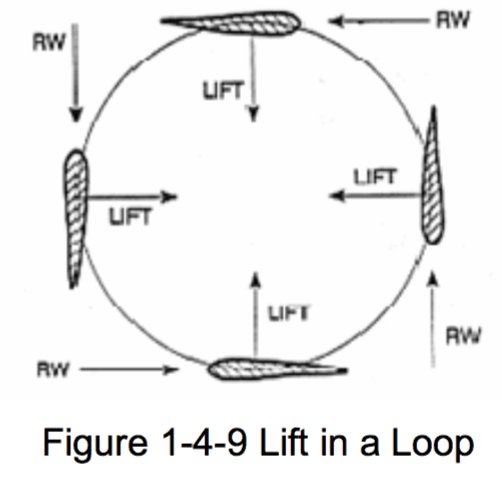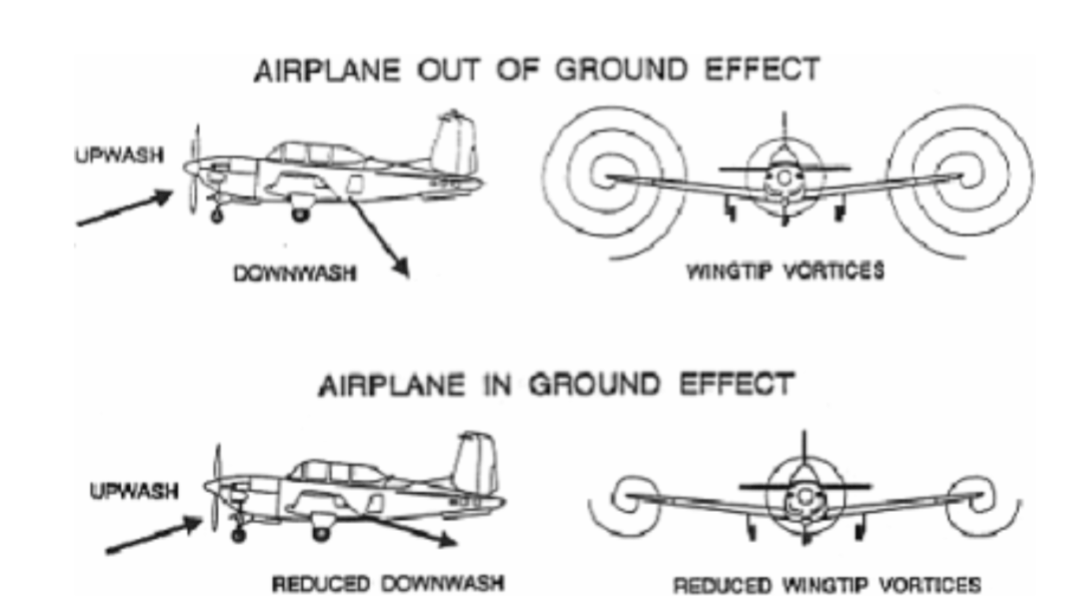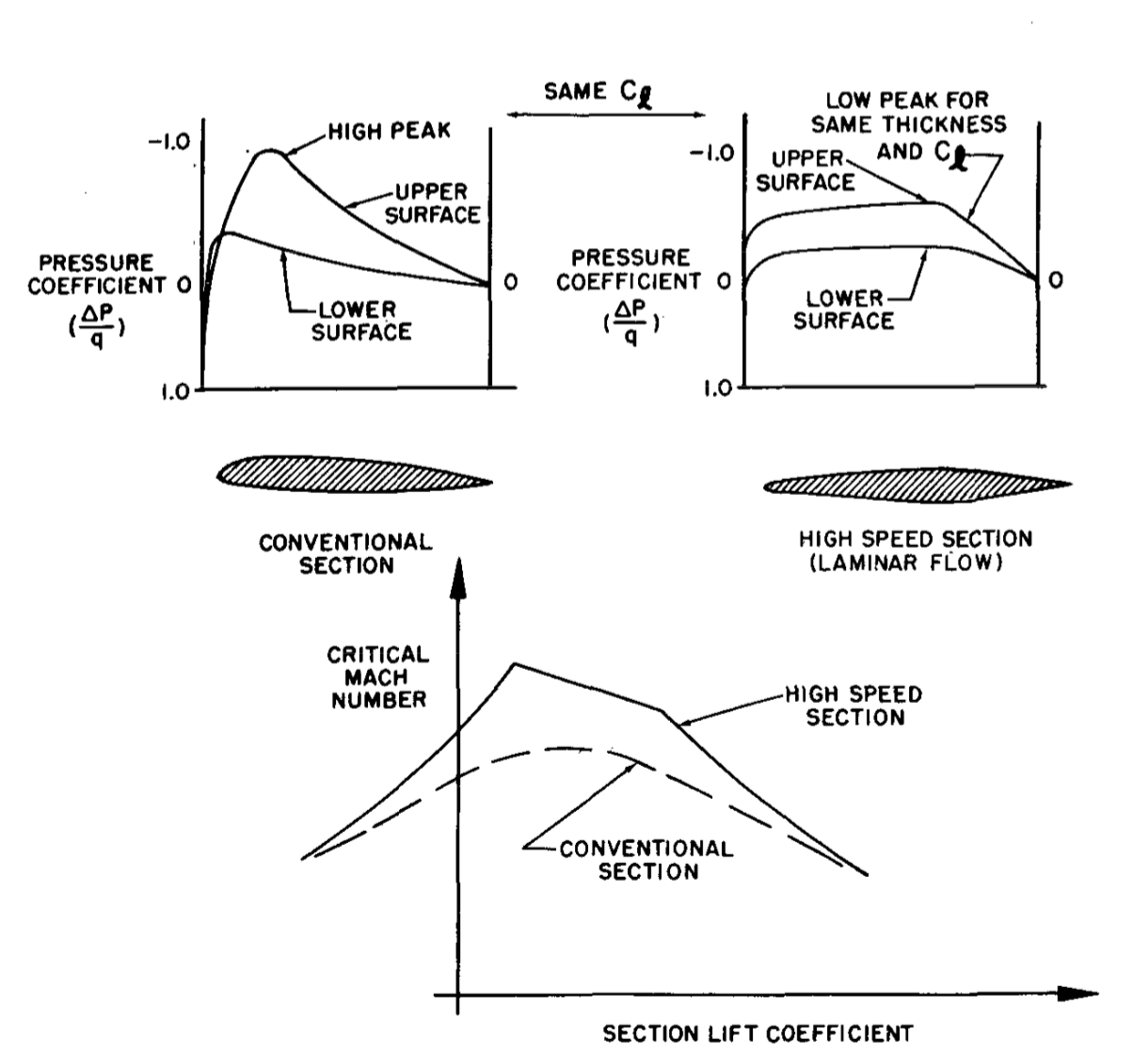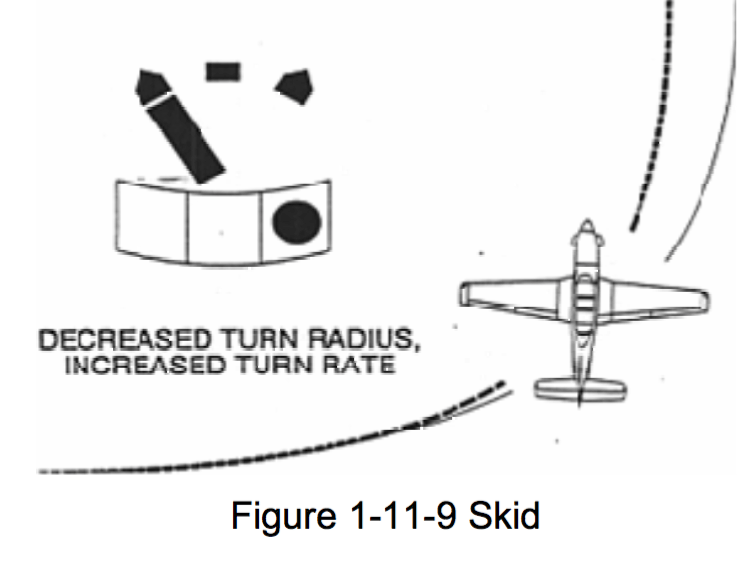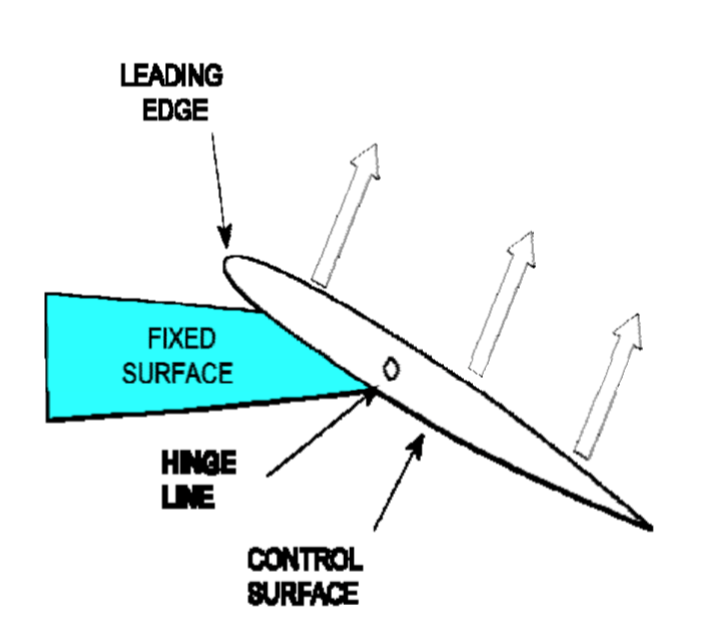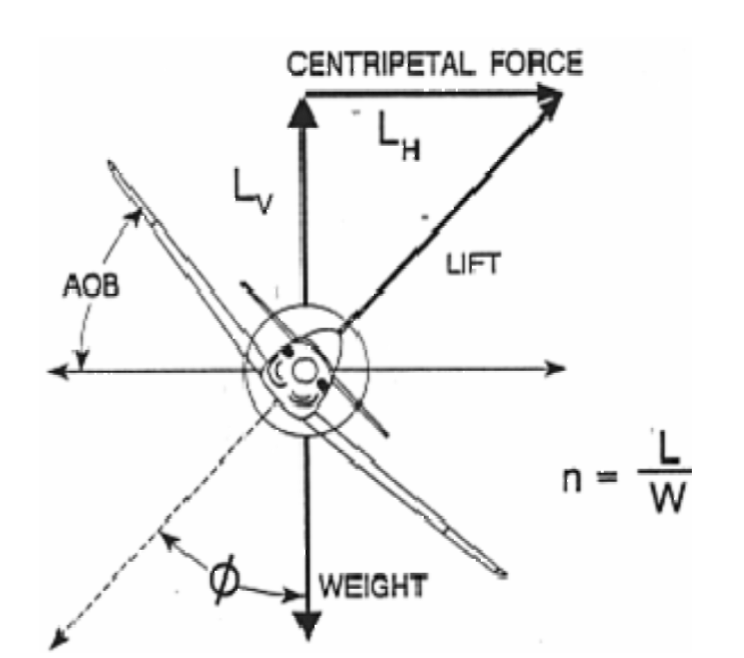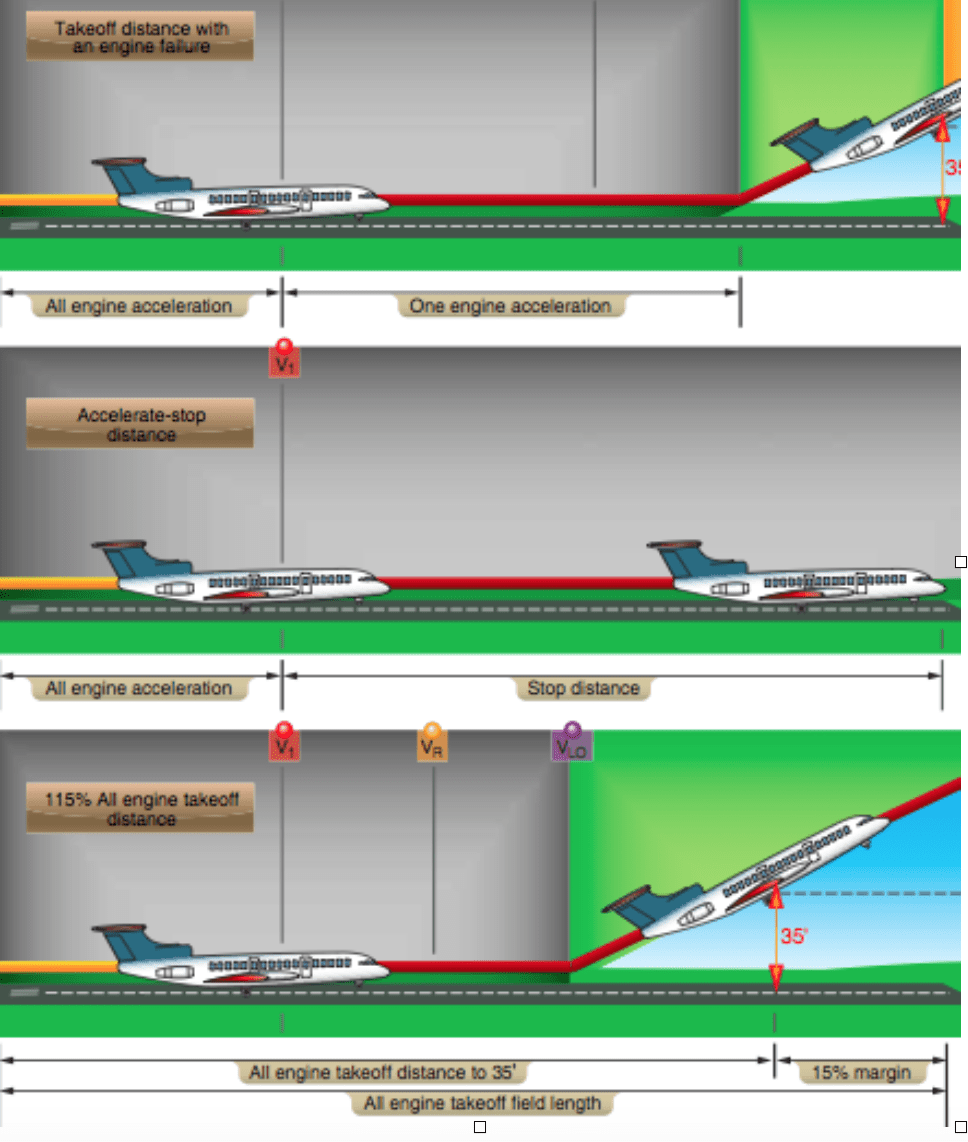
Takeoff Performance
admin@readysettakeoff.com

Related Articles
-
Factors Affecting Lift
Jet Brain, , Aerodynamics, 0
You are unauthorized to view this page. Please login your credentials Username Password Remember Me Forgot Password
-
Landing Performance
Jet Brain, , Aerodynamics, 0
You are unauthorized to view this page. Please login your credentials
-
Critical Mach and Airfoil Design
Jet Brain, , Aerodynamics, 0
You are unauthorized to view this page. Please login your credentials
-
Coordinated Turns
Jet Brain, , Aerodynamics, 0
You are unauthorized to view this page. Please login your credentials
-
Aerodynamic Balance
Jet Brain, , Aerodynamics, 0
You are unauthorized to view this page. Please login your credentials
-
V1/VR/V2 Calculations and Factors
Jet Brain, , Aerodynamics, 0
You are unauthorized to view this page. Please login your credentials
-
Turn Performance
Jet Brain, , Aerodynamics, 0
You are unauthorized to view this page. Please login your credentials
-
Basic Aircraft Review
Jet Brain, , Aerodynamics, 0
You are unauthorized to view this page. Please login your credentials

